Name Jan de Influenced by August Leskien | Main interests Phonology | |
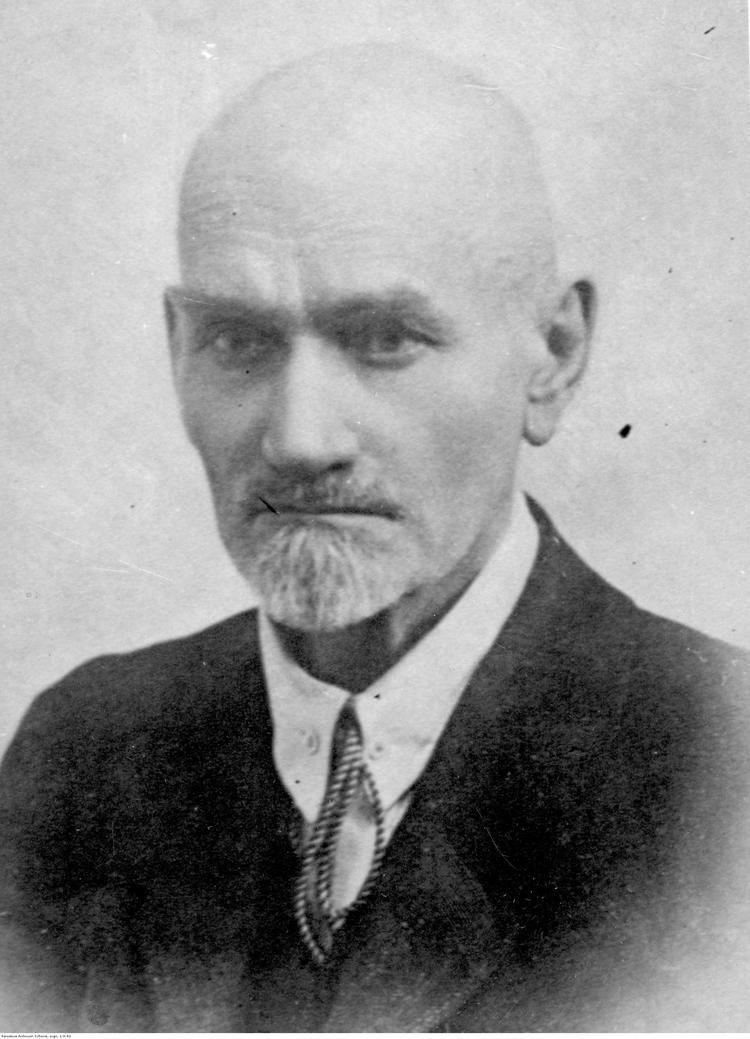 | ||
Died November 3, 1929, Warsaw, Poland Children Cezaria Baudouin de Courtenay Ehrenkreutz Jedrzejewiczowa Education Humboldt University of Berlin, Leipzig University, University of Warsaw | ||
Jan Niecisław Ignacy Baudouin de Courtenay (13 March 1845 – 3 November 1929) was a Polish linguist and Slavist, best known for his theory of the phoneme and phonetic alternations.
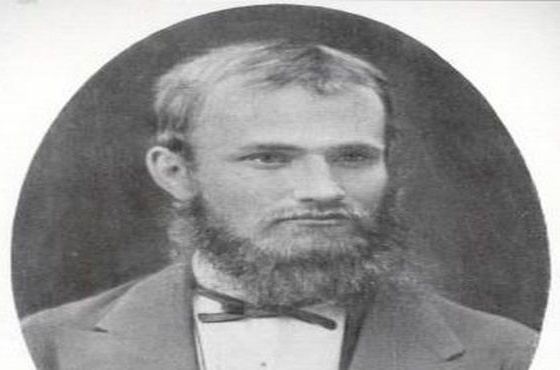
For most of his life Baudouin de Courtenay worked at Imperial Russian universities: Kazan (1874–1883), Dorpat (as Tartu, Estonia was then known) (1883–1893), Kraków (1893–1899) in Austria-Hungary, and St. Petersburg (1900–1918), where he was known as Иван Александрович Бодуэн де Куртенэ (Ivan Aleksandrovich Boduen de Kurtene), and in Russia he is recognized as a Russian scientist. In 1919-1929 he was a professor at the re-established University of Warsaw in a once again independent Poland.
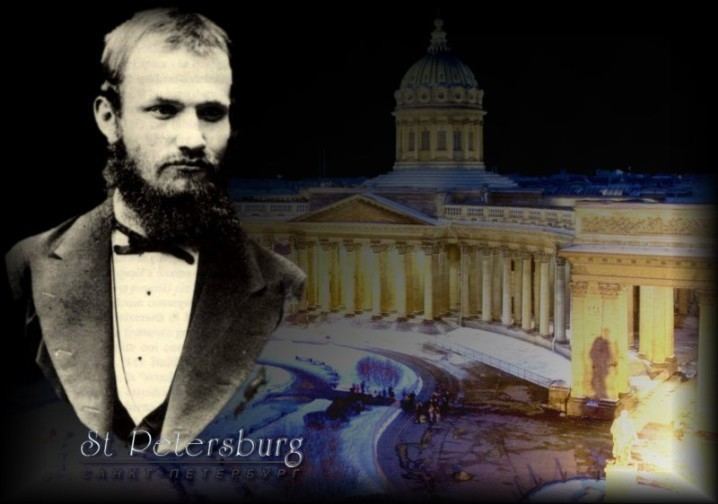
Biography
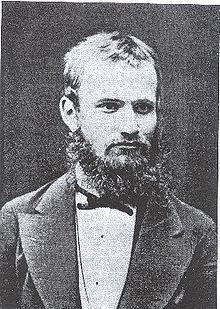
He was born in Radzymin, in the Warsaw Governorate of Congress Poland (a state in personal union with the Russian Empire), to a family of distant French extraction. One of his ancestors had been a French aristocrat who migrated to Poland during the reign of Polish King August II the Strong. In 1862 Baudouin de Courtenay entered the "Main School," a predecessor of the University of Warsaw. In 1866 he graduated from its historical and philological faculty and won a scholarship of the Russian Imperial Ministry of Education. Having left Poland, he studied at various foreign universities, including those of Prague, Jena and Berlin. In 1870 he received a doctorate from the University of Leipzig for his Polish-language dissertation On the Old Polish Language Prior to the 14th Century.
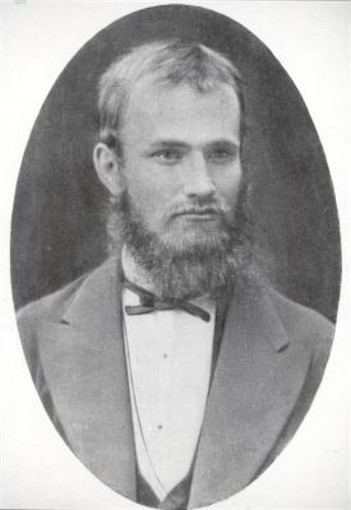
Baudouin de Courtenay established the Kazan school of linguistics in the mid-1870s and served as professor at the local university from 1875. Later he was chosen as the head of linguistics faculty at the University of Dorpat (now Tartu, Estonia) (1883–1893). Between 1894 and 1898 he occupied the same post at the Jagiellonian University in Kraków only to be appointed to St. Petersburg, where he continued to refine his theory of phonetic alternations. After Poland regained independence in 1918, he returned to Warsaw, where he formed the core of the linguistics faculty of the University of Warsaw. From 1887 he held a permanent seat in the Polish Academy of Skills and from 1897 he was a member of the Petersburg Academy of Sciences. In 1925 he was one of the co-founders of the Polish Linguistic Society.
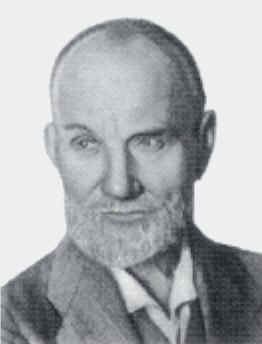
His work had a major impact on 20th-century linguistic theory, and it served as a foundation for several schools of phonology. He was an early champion of synchronic linguistics, the study of contemporary spoken languages, which he developed contemporaneously with the structuralist linguistic theory of Swiss linguist Ferdinand de Saussure. Among the most notable of his achievements is the distinction between statics and dynamics of languages and between a language (an abstract group of elements) and speech (its implementation by individuals) – compare Saussure's concepts of langue and parole. Together with his students, Mikołaj Kruszewski and Lev Shcherba, Baudouin de Courtenay also shaped the modern usage of the term phoneme (Baudouin de Courtenay 1876–77 and Baudouin de Courtenay 1894), which had been coined in 1873 by the French linguist A. Dufriche-Desgenettes who proposed it as a one-word equivalent for the German Sprachlaut. His work on the theory of phonetic alternations may have had an influence on the work of Ferdinand de Saussure according to E. F. K. Koerner.

Three major schools of 20th-century phonology arose directly from his distinction between physiophonetic (phonological) and psychophonetic (morphophonological) alternations: the Leningrad school of phonology, the Moscow school of phonology, and the Prague school of phonology. All three schools developed different positions on the nature of Baudouin's alternational dichotomy. The Prague School was best known outside the field of Slavic linguistics. Throughout his life he published hundreds of scientific works in Polish, Russian, Czech, Slovenian, Italian, French and German.

Apart from his scientific work, Baudouin de Courtenay was also a strong supporter of national revival of various national minority and ethnic groups. In 1915 he was arrested by the Okhrana, the Russian secret service, for publishing a brochure on the autonomy of peoples under Russian rule. He spent three months in prison, but was released. In 1922, without his knowledge, he was proposed by the national minorities of Poland as a presidential candidate, but was defeated in the third round of voting in the Polish parliament and eventually Gabriel Narutowicz was chosen. He was also an active Esperantist and president of the Polish Esperanto Association.

In 1927 he formally withdrew from the Roman Catholic Church without joining any other religious denomination. He died in Warsaw. He is buried at the Protestant Reformed Cemetery in Warsaw with the epitaph “He sought truth and justice".

His daughter, Cezaria Baudouin de Courtenay Ehrenkreutz Jędrzejewiczowa was one of the founders of the Polish school of ethnology and anthropology as well as a professor at the universities of Wilno and Warsaw.
He appears as a character in Joseph Skibell's 2010 novel, A Curable Romantic.
Baudouin de Courtenay was the editor of the 3rd (1903–1909) and 4th (1912–1914) editions of the Explanatory Dictionary of the Live Great Russian language compiled by Russian lexicographer Vladimir Dahl (1801–1872).
